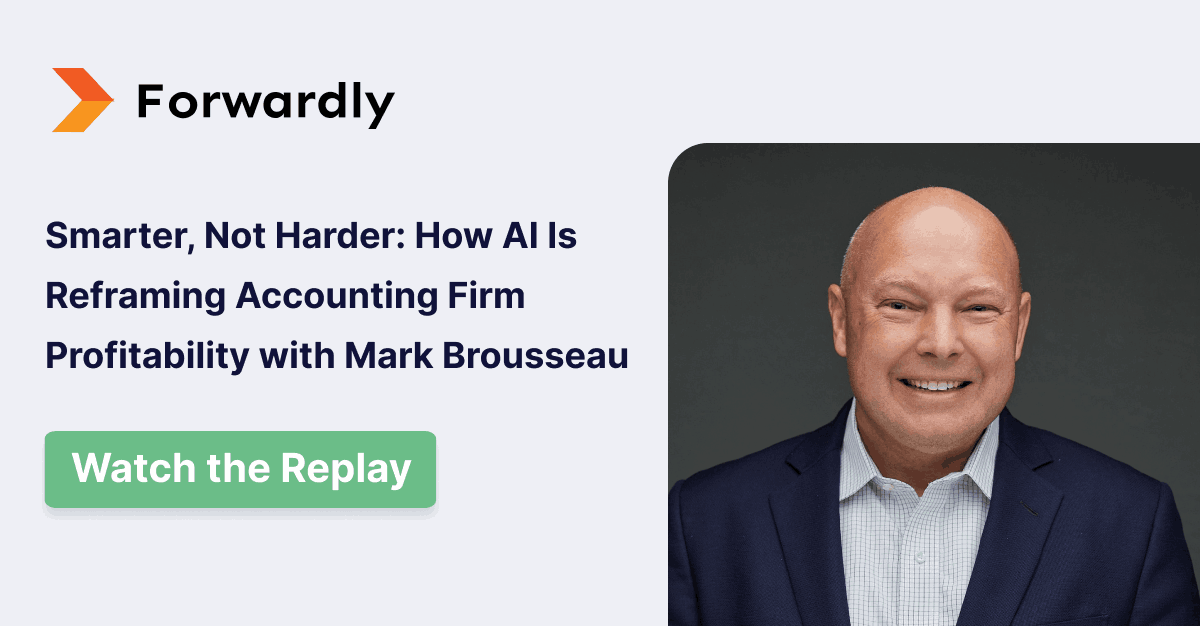Cash flow and profit are both crucial for a thriving business, but they’re not the same thing. While many small business owners use them interchangeably, understanding the difference is key to long-term success. Profit shows how well you’re increasing revenue and controlling expenses, but cash flow is what keeps your business running day-to-day.
You can be profitable yet still struggle with cash flow, or have strong cash flow but low profit. In this post, we’ll break down profit vs cash flow, helping you make smarter financial decisions and keep your business on track.
What is profit?
Profit, or net income, is what’s left from your revenue after covering all costs, such as labor, materials, interest on debt, and taxes. It’s essentially the difference between what you earn and what you spend.
For example, if a food truck earns $2,000 in a day but has $850 in expenses (for food, labor, fuel, etc.), its profit for the day would be $2,000 – $850 = $1,150.
No matter the size of your business, from a small retail shop to a large corporation, generating profit is crucial for survival and success. Profit is a key indicator of how well your business is performing financially.
There are three main types of profit that provide different insights into your business’s financial health: Gross Profit, Operating Profit, and Net Profit. Let’s learn a bit about them:
Gross profit
Gross profit is what you earn after covering the costs directly tied to making and selling your products or services. Simply put, it’s your revenue minus the Cost of Goods Sold (COGS).
Gross Profit = Revenue – Cost of Goods Sold
This figure helps you understand how well you’re using your resources, like labor and materials. It includes costs like:
- The purchase price of goods
- Materials and equipment
- Direct labor
- Commissions
- Shipping
Operating profit
Operating profit, also known as EBITA (Earnings Before Interest, Taxes, Depreciation, and Amortization), shows how well your core business activities are performing. You calculate it by subtracting operating expenses, depreciation, and amortization from your gross profit.
Operating Profit = Revenues – Cost of Goods Sold – Operating Expenses – Depreciation and Amortization
This tells you how effectively your business is managed, especially when dealing with high debt levels.
Net profit
Net profit is the most telling figure of your business’s financial health. It’s the amount left after you subtract all your expenses from your total revenue.
Net Profit = Revenue – Total Expenses
Net profit shows you how much money is truly available for you to take out or reinvest in your business. It’s a key indicator of overall success and financial stability.
What is cash flow?
Cash flow is the money moving in and out of a business at any given time. In finance, it is the net amount of cash that is generated in a given time.
The money that is coming in from selling products or services (Income) and the amount owned resulting in providing goods on credit (account receivable) to customers/vendors are included in cash-inflow. Whereas, the money that is going out in the form of payments and wages (Expenses) and the amount owed to a supplier for goods and services (Accounts Payable) are included in cash-outflow.
Cash flow positive is when cash moving into the business is more than cash moving out of the business at any given time. Naturally, positive cash flow is preferred. It means you have enough cash to cover regular operational costs and expenses. High positive cash flow allows you to determine problems with business’ liquidity, increase liquid assets, evaluate the quality of business income, make new investments and further grow your business.
Also read: 5 Cash Flow Management Strategies to Start in 2024
Profit vs cash flow: what’s the difference?
Cash flow can be more crucial than profit. Imagine planning to buy a new office and hire staff, only to find your bank account lacking the cash to cover these costs, even though your business is profitable.
Profit looks good on paper, but without sufficient cash flow, you can’t pay bills, rent, or wages. Here’s why monitoring cash flow is key:
- Liquidity: More cash means you can cover expenses and protect your credit rating.
- Growth: Positive cash flow lets you invest in inventory and equipment.
- Demand: You can handle increased costs from higher demand.
- Financial decisions: Strong cash flow helps you navigate uncertainties and make better choices.
- Investment: It positions you to secure financing and attract investors.
In essence, good cash flow keeps your business running smoothly and supports growth, beyond just making a profit.
Maintaining the Cash Flow
Maintaining strong cash flow is key for any business, no matter how profitable it is. Even if you’re making money, without enough cash on hand to cover bills and invest in growth, keeping your business running smoothly can become a challenge.
That’s where Forwardly comes in to make things easier. It simplifies managing cash flow by streamlining both accounts payable and receivable. With Forwardly, all your cash flow problems are gone. You get paid in real-time under 60 seconds, so you always get your invoice payments on time. This means you can manage your incoming cash more effectively.
Tired of “profitable” but broke? Switch on instant payments and smart collections. Schedule my demo.
 Back to Blog
Back to Blog

